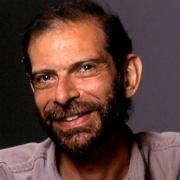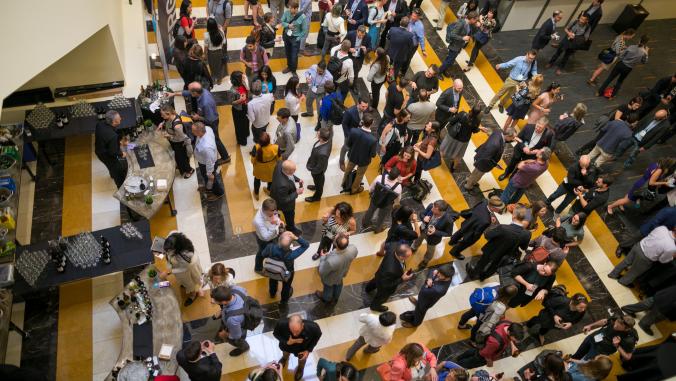How Kansas City, New York and San Jose exhibit three approaches to smart cities
Smart decisions, sound analysis of data, and Internet of Things are essential.

Illustration of Kansas City's skyline.
In an attempt to answer the question "How can data contribute to the creation of a resilient, vibrant, safe and equitable community?" a packed room of practitioners, researchers and others at a recent tutorial at the VERGE conference in Oakland revealed a number of ways in which a city can be smart.
HG Chissell, founder and CEO of Advanced Energy Group (AEG), opened the session, "Creating a Smart City in the Real World," talking about the "moonshot" decarbonization goals that cities signed up for in Paris at COP21, and how they could possibly be expected to achieve them. His No. 1 takeaway after working for years in the energy business was, "Unless we can achieve alignment, we're not going to have the velocity we need to meet the urgency of the problem."
The concept of smart cities is not new, according to Bob Bennett, chief innovation officer for Kansas City, Missouri. Instead, the idea could easily be traced back to ancient Rome, if not earlier. Even the electrification of cities took place in Hawaii, in the 1880s, well before it did in most cities on the mainland, thanks to forward-looking King David Kalakaua, who might have been the first smart city leader.
Still, the United States has the opportunity to play a leading role this time around with help from a preponderance of innovative technology, along with a number of bold and creative thinkers among its civic leaders. Indeed, "smartening" a city, argued Bennett, could serve to pull it up by its economic bootstraps — essentially what Kansas City has done.
The key there was innovative thinking, making deals and finding partners. The city gave tax-free property to H&R Block, which brought in employees, which led to other businesses to provide services to the workforce. Likewise, as Bennett described, Kansas City leveraged the donation of fiber connectivity from Google to a point where it now counts over 5 million strand-miles of fiber installed, which led to the emergence of a tech sector where there had been none. The city then installed a free trolley which expanded its vibrant city center to a broader area, all served with free wifi.Making smart decisions generally requires the collection and use of good data.
But making smart decisions generally requires the collection and use of good data. Ke Wei, assistant director for infrastructure at the New York City Mayor's Office of Recovery & Resiliency, used data to determine that heat and hot water in buildings accounted for 60 percent of the city’s GHG emissions. Her team used deep analytics to understand where that energy was going, breaking down and quantifying the various types of heating systems and evaluating what types of retrofits would be required for each type. Software such as that provided by Xaqt, for example, can bring together data from multiple sources and produce visualizations that more clearly can reveal what’s happening. This analysis led to a path that potentially can meet the goal of an 80 percent reduction by 2050 (relative to a 2005 baseline). The next question is how to do that in a way that preserves equity and resilience.
Kip Harkness, deputy city manager for San Jose, oversees various areas including civic innovation and emergency management. He uses technology to streamline service delivery using the analogy of ordering on Amazon versus ordering with the old Sears mail-order catalog. He uses sensors such as a smart irrigation in city parks to measure soil moisture, along with the weather forecast, to determine how much water to apply and when. Using sensors and the internet of things (IOT) can provide feedback in order to deliver services more efficiently and precisely.Using sensors and IOT can provide feedback in order to deliver services more efficiently and precisely.
Along similar lines, Rubicon Global, also at the event, provides truck-mounted waste management technology that smart cities can use to operate more efficiently, while improving recycling rates and increasing landfill diversion. It also can detect the presence of potholes and share with the city’s public works personnel.
Additional presenters, including Sienna Rogers (PG&E), Shaun Hoyte (ConEd), Jessica Lau (NREL) and Jenna Agins (New York University), also focused on energy efficiency and resiliency at VERGE. As the spoke, they led the meeting in turning towards questions of equity and access.
Any smart city will combine the elements described above to one degree or another — and will focus on issues beyond energy including mobility, health and environmental quality.





